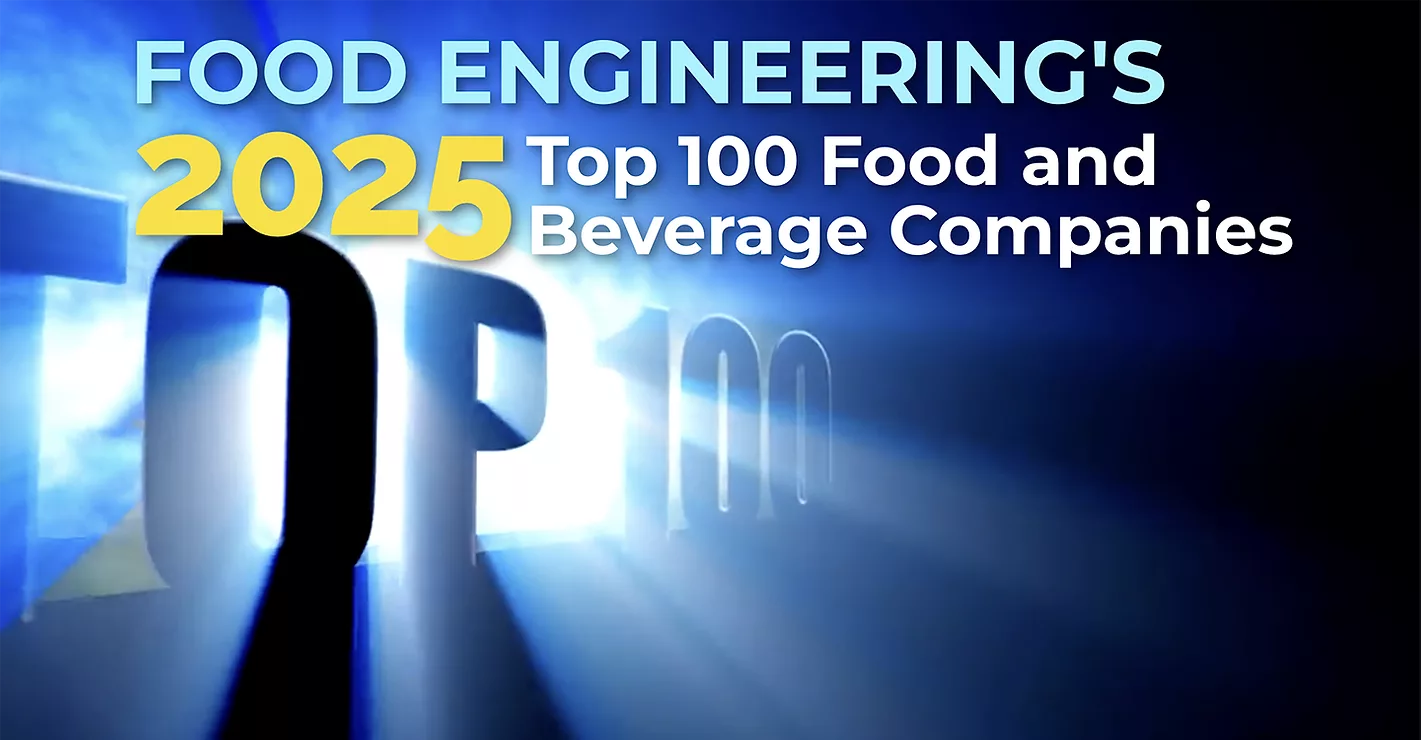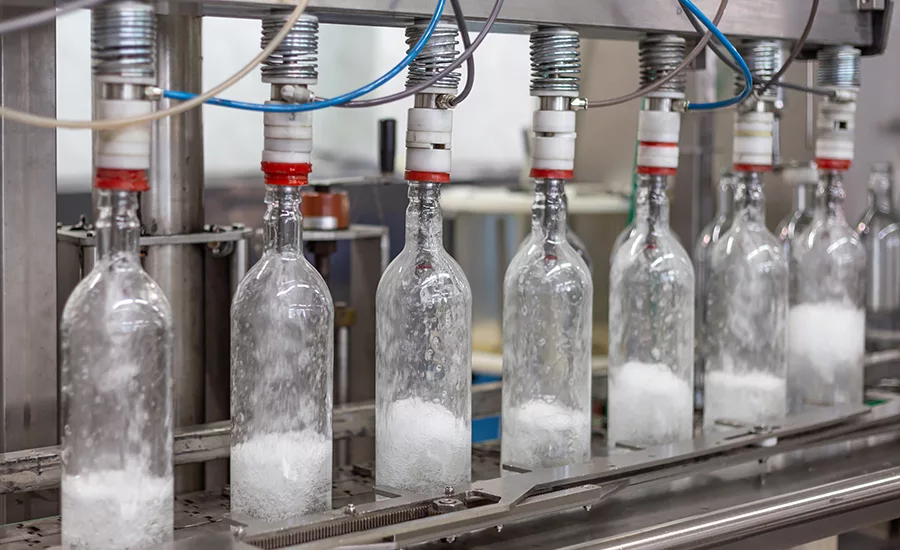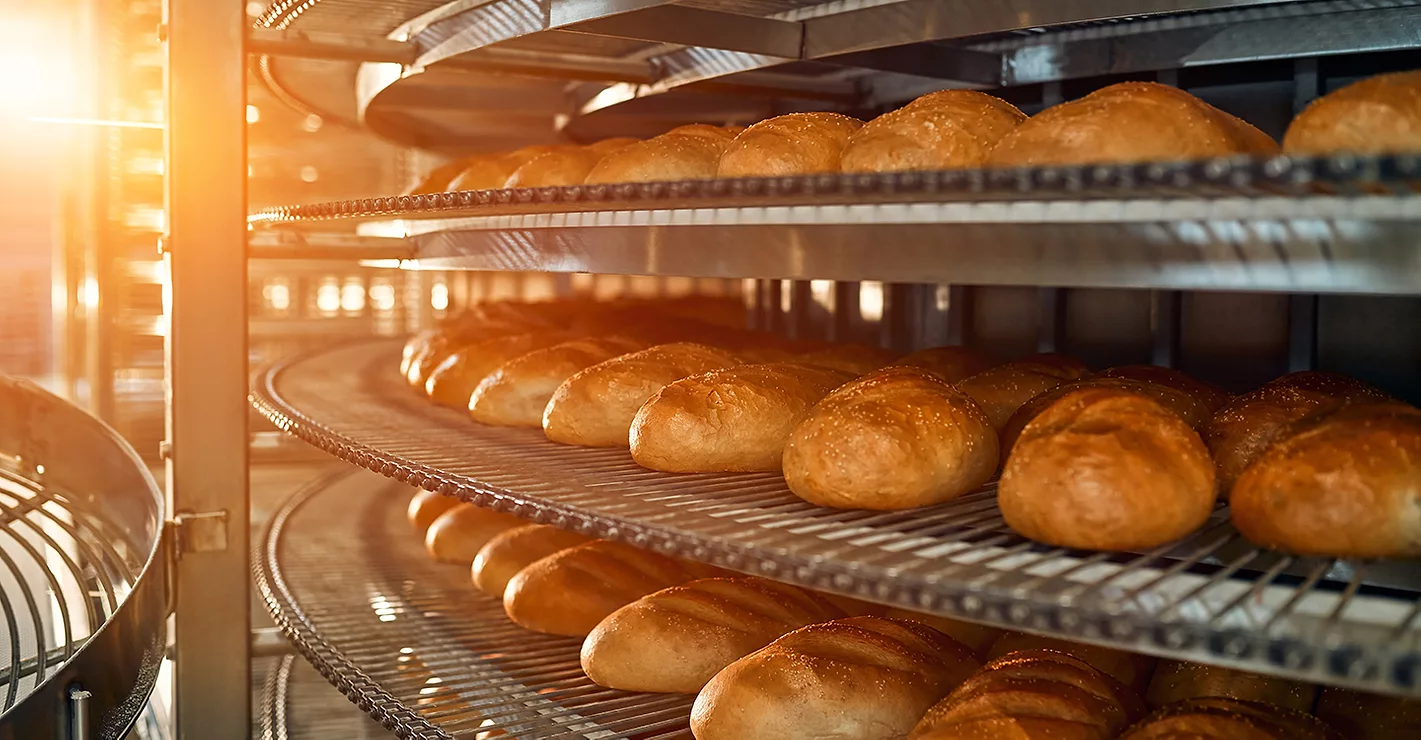Giving carbon steel the slip
With increasing food safety and reducing maintenance in mind, Edlong Dairy Flavors, a family-owned firm in Elk Grove, IL, decided to replace and redesign the carbon steel and concrete platform that supported four ribbon blenders used to make dry mixes.

“From a sanitation standpoint, the carbon steel on that platform had a lot of nooks and crannies that could accommodate harborage and it took a long time to dry when we wet cleaned it,” says Paul Simkus, vice president of finance and operations for the company, which makes a variety of concentrated dairy flavors, many of which are dry mixed with up to 40% liquid ingredients. “We wanted to replace it in an effort to shorten the drying time and eliminate areas that allowed water to sit and create microbial problems. We wanted it to be very clean and we decided that all stainless steel construction would provide a low-maintenance design.”
Management decided that the main goals of the project included raising the working level of the mixers to at least waist height, providing more sanitary construction and reducing slip and fall hazards when the floor is wet.
The project’s scope included removing the concrete and steel mezzanine and replacing it with a stainless steel platform that was shop-fabricated and assembled in the field, relocating necessary electrical and piping runs, improving lighting under the platform and providing stainless steel supports for the mixers. The level of the platform was lowered about two feet compared to the mezzanine. The mixers were raised, making their height about three feet above the platform.
Some unforeseen complications included an under-floor drain that collapsed and was replaced; and electrical runs that violated current code and were replaced-in some cases with stainless steel conduit. The mixers were essentially rebuilt in the shop with new drive chains, belts, bearings and packing. The remaining carbon steel form was covered with stainless steel paint.
The risk of slipping on the all-metal platform was addressed by the use of SlipNot, an abrasive, all stainless steel coating. “Since we wanted all stainless steel, there weren’t that many options for the coating,” says Simkus. “We had a choice of a diamond-plate coating that proved slippery when wet, a coating with spikes that are plasma welded into the surface and SlipNot, which is plasma-infused stainless steel on stainless steel. SlipNot creates a rough coating that is similar to a fingernail file and it seemed to be our best option. It was a little expensive, but it seemed to offer us the best in durability and provided a surface we can walk on when wet without damaging anything or anyone.”
Simkus says the new stainless steel platform has already improved plant operations. “Our sanitation time dropped by 10 to 15 percent,” he says. “And since we overhauled the blenders, they are easier for the operator to work with. It’s hard to put a figure on the efficiency, but between the ergonomic improvements and the use of stainless steel, we’ve ended up with a low-maintenance platform and a more ergonomic arrangement of the equipment that has definitely improved productivity.”u
For more information: Christina Molnar Metrose, SlipNot Metal Safety Flooring; 313-923-0400; www.slipnot.com

An all stainless steel platform coated with SlipNot helps reduce falls and decreases sanitation by 10 to 15 percent for Edlong Dairy Flavors. Source: SlipNot.
“From a sanitation standpoint, the carbon steel on that platform had a lot of nooks and crannies that could accommodate harborage and it took a long time to dry when we wet cleaned it,” says Paul Simkus, vice president of finance and operations for the company, which makes a variety of concentrated dairy flavors, many of which are dry mixed with up to 40% liquid ingredients. “We wanted to replace it in an effort to shorten the drying time and eliminate areas that allowed water to sit and create microbial problems. We wanted it to be very clean and we decided that all stainless steel construction would provide a low-maintenance design.”
Management decided that the main goals of the project included raising the working level of the mixers to at least waist height, providing more sanitary construction and reducing slip and fall hazards when the floor is wet.
The project’s scope included removing the concrete and steel mezzanine and replacing it with a stainless steel platform that was shop-fabricated and assembled in the field, relocating necessary electrical and piping runs, improving lighting under the platform and providing stainless steel supports for the mixers. The level of the platform was lowered about two feet compared to the mezzanine. The mixers were raised, making their height about three feet above the platform.
Some unforeseen complications included an under-floor drain that collapsed and was replaced; and electrical runs that violated current code and were replaced-in some cases with stainless steel conduit. The mixers were essentially rebuilt in the shop with new drive chains, belts, bearings and packing. The remaining carbon steel form was covered with stainless steel paint.
The risk of slipping on the all-metal platform was addressed by the use of SlipNot, an abrasive, all stainless steel coating. “Since we wanted all stainless steel, there weren’t that many options for the coating,” says Simkus. “We had a choice of a diamond-plate coating that proved slippery when wet, a coating with spikes that are plasma welded into the surface and SlipNot, which is plasma-infused stainless steel on stainless steel. SlipNot creates a rough coating that is similar to a fingernail file and it seemed to be our best option. It was a little expensive, but it seemed to offer us the best in durability and provided a surface we can walk on when wet without damaging anything or anyone.”
Simkus says the new stainless steel platform has already improved plant operations. “Our sanitation time dropped by 10 to 15 percent,” he says. “And since we overhauled the blenders, they are easier for the operator to work with. It’s hard to put a figure on the efficiency, but between the ergonomic improvements and the use of stainless steel, we’ve ended up with a low-maintenance platform and a more ergonomic arrangement of the equipment that has definitely improved productivity.”u
For more information: Christina Molnar Metrose, SlipNot Metal Safety Flooring; 313-923-0400; www.slipnot.com
Looking for a reprint of this article?
From high-res PDFs to custom plaques, order your copy today!



